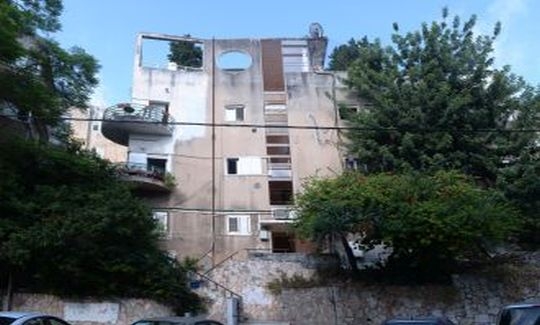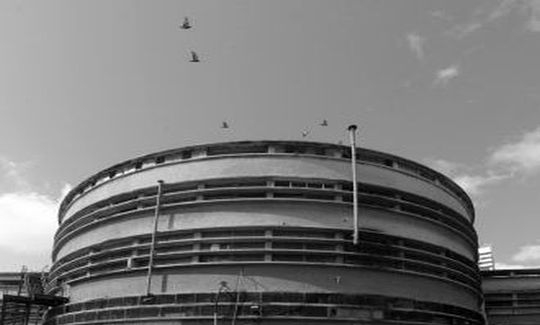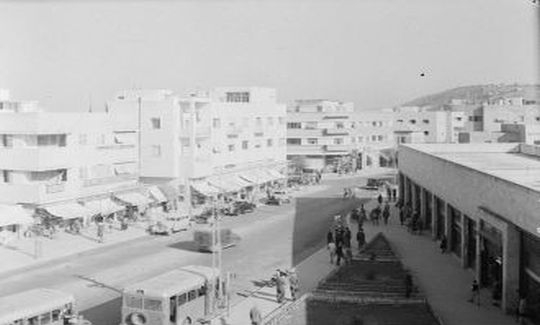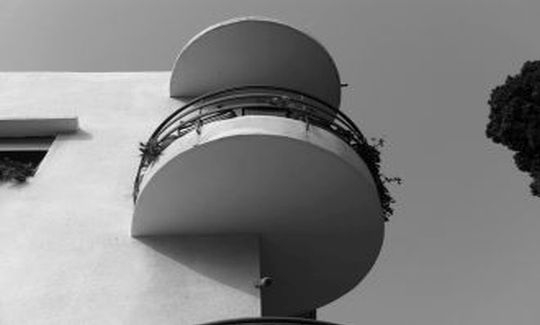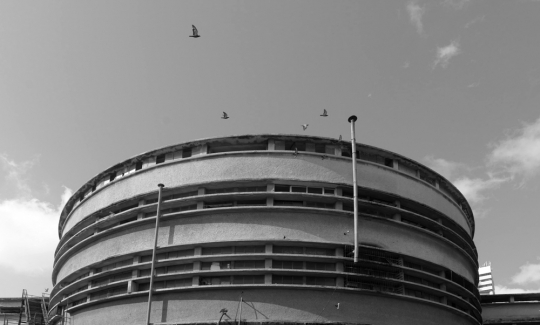Hadar HaCarmel, one of the oldest neighborhoods in Haifa, has developed around the Technion building planned by Alexander Baerwald between 1909 and 1913. In the 1930s and 40s Hadar was a rich and bourgeois neighborhood, home to a community of immigrants from Central Europe who escaped the increasing antisemitic persecutions in Poland, Germany, and Austria. Over the years, the neighborhood had changed and expanded, much like its population. These days, Hadar is home to both grass-root and institutional cultural, social and community activities, and has an active underground scene. This mixture of activities turns the neighborhood into a diversified and fascinating place.
The exhibition Missing Hadar addresses the importation of International Style architecture to Haifa in the 1930s and 40s, and the style's subsequent adaptation to local features. The modern, innovative and elegant International Style had proved compatible to the secular spirit of the new bourgeoisie. Corresponding to the Zionist-Socialist ethos of "The New Jew," the ideology of this architectural style complemented its functional adaptation to the Mediterranean climate, as well as to the little experience the Jewish workers had in construction work, the local materials, and the urgent need for populating the new Jewish settlements.This exhibition calls attention to the gaps that exist between desires and necessities, architectonic planning and engendered design.
Missing Hadar forms a complex dialog among historical photographs, architectural plans blueprints and contemporary photography that features different stages of deterioration, loss, and dismantling of streets and buildings, as a result of constant neglect. The show outlines Hadar neighborhood as a home to one of the most important clusters of International Style architecture in Palestine - a rich and sculptural architectonic creation with elaborate details and a clear sensibility to Haifa's urban planning and unique topological conditions. Following this route, the exhibition instigates a discussion on the neighborhood's valuable history of urban design.

